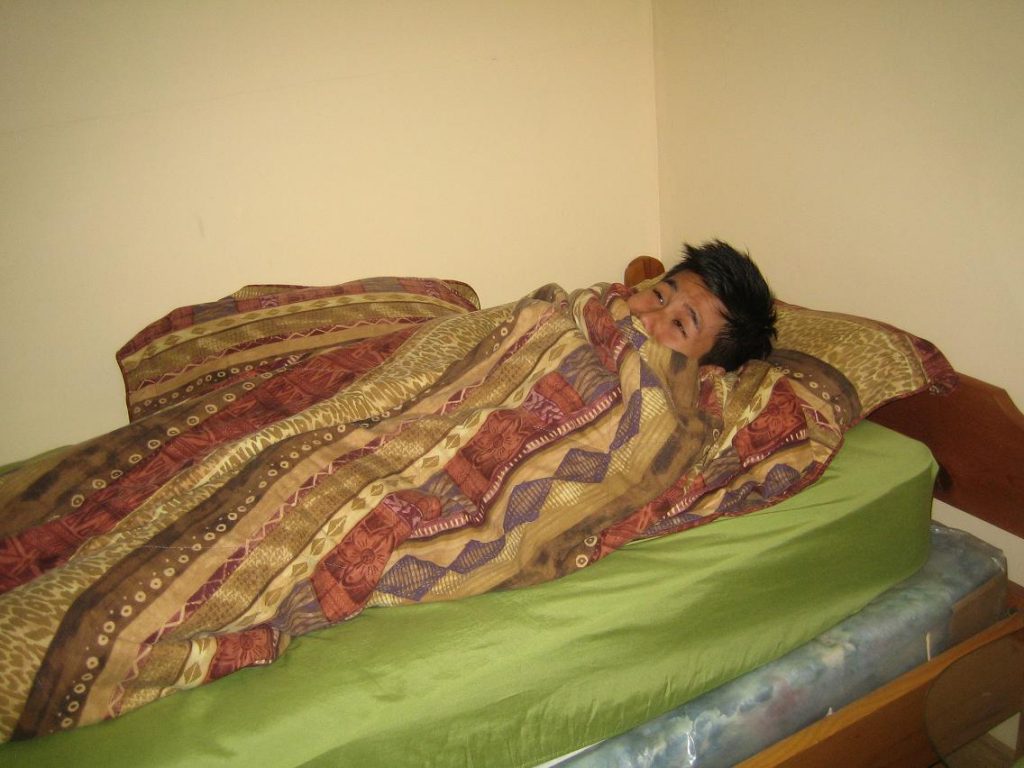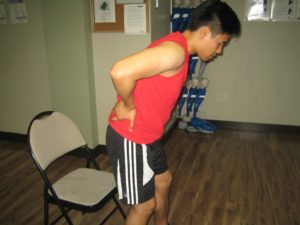Bedsores is a type of injury that affects the skin and tissue due to extended pressure placed on the skin. Generally, common areas where bedsores develop include the bony regions of the body such as the hips, heels, ankles and tailbone.
https://www.youtube.com/watch?v=RrnU318YxKE
People with a medical condition that affects their ability to change positions or those who stay in bed or sit on a chair most of their time are those who are more susceptible to bedsores.
Bedsores can develop quickly. Generally, most sores heal if treated but there are cases that bedsores don’t heal completely.
Signs and symptoms of bedsores
- At first, swelling occurs
Friction can make skin more vulnerable to injury, especially if the skin is moist. - Discharge of pus
- Discoloration of the skin
- Lastly, changes in skin texture
Bedsores can commonly appear in these places on the body:
- At the tailbone or buttocks
- Shoulder blades and spine
- At the back of the arms or legs where they are rested against the chair
- On the back or side of the head
- On the heels, ankles, and skin at the rear of the knees
Have an appointment with your doctor if the symptoms of bedsores don’t improve within a day or two.
There are factors that contribute to bedsore, these include:
- Constant pressure on a part of your body can lessen the blood flow to the tissues. Because of the lack of blood flow, the needed oxygen and other nutrients for the tissues to function is insufficient and may cause tissues to eventually die.
- Friction can make skin more vulnerable to injury, especially if the skin is moist.
There are also risk factors that contribute to developing bedsores, these include:
- Immobility due to poor health or a spinal cord injury.
- Poor nutrition and hydration.
- Medical conditions that affect the blood flow.
- Lack of sensory perception.
Bedsores can also lead to complications; some are even life-threatening.
- Cellulitis, an infection of the skin and connected soft tissues
- Cancer
- Bone and joint infections.
- Sepsis, a rare case but skin ulcer can lead to sepsis.
There are different ways to prevent bedsores from happening, these include:
- Frequently changing positions to avoid stress on the skin
- Use soft cushions or mattresses that relieve pressure
FACT CHECK
https://www.medicalnewstoday.com/articles/173972.php
https://www.webmd.com/skin-problems-and-treatments/pressure-sores-4-stages#1
https://www.mayoclinic.org/diseases-conditions/bed-sores/symptoms-causes/syc-20355893

